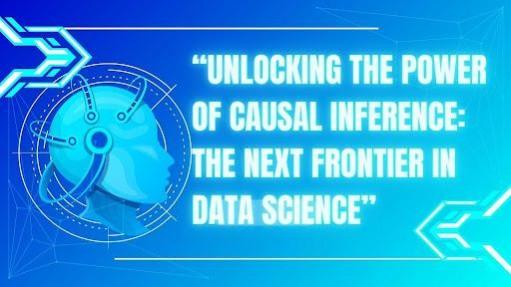
In an era where data-driven decision-making is paramount, advanced causal inference techniques are revolutionizing industries by uncovering hidden relationships that traditional statistical methods often miss. Sree Charanreddy Pothireddi, an expert in the field, explores these groundbreaking innovations in his latest research, shedding light on how modern methodologies enhance accuracy, efficiency, and predictive capabilities.
Moving Beyond Correlation: The Rise of Causal Analysis
For decades, statistical analysis relied heavily on correlation-based models. While these methods provide valuable insights, they often fail to capture the deeper cause-and-effect relationships within complex systems. Recent advancements in causal inference frameworks have enabled researchers to move beyond surface-level correlations, offering more precise analytical tools for decision-making.
Causal inference techniques have demonstrated a remarkable increase in accuracy across diverse applications. Studies have shown that incorporating these methods can enhance predictive accuracy from 71.3% to 89.7% in fields ranging from financial markets to environmental monitoring. This improvement stems from the ability to control for confounding variables—hidden factors that obscure true causal relationships.
Decoding Confounders: A New Perspective on Data Analysis
Confounding variables pose a major challenge in system analysis, often leading to biased conclusions. Advanced causal inference models help mitigate this issue by systematically identifying and adjusting for these hidden factors. Research in industrial risk assessment reveals that traditional reliability-centered maintenance approaches overlook key interdependencies in nearly 65% of cases, leading to unnecessary costs and inefficiencies.
By integrating dynamic environmental parameters into predictive models, organizations have seen a 43.2% improvement in failure prediction accuracy and a 56.7% reduction in false positive detections.
The Power of Advanced Methodologies
Causal inference techniques have evolved significantly with the introduction of three key methodological advancements:
- Backdoor Adjustment: This method blocks alternative causal pathways, ensuring that only direct influences are analyzed. In industrial control systems, applying this approach has reduced false positives in security threat detection by 72.8%, improving overall system safety.
- Instrumental Variables: These proxy variables enable researchers to isolate causal effects in situations where direct measurement of confounders is challenging. Studies in renewable energy systems indicate that instrumental variables enhance power grid stability assessments, reducing uncertainty in power output predictions by 28.4%.
- Sensitivity Analysis: This technique evaluates how changes in input variables impact outcomes, enhancing predictive accuracy. Applied to wind power forecasting, sensitivity analysis has enabled energy operators to cut balancing costs by 23.5% and improve day-ahead prediction accuracy by 31.8%.
Real-World Applications: Energy and Healthcare Transformations
The practical benefits of causal inference techniques extend across multiple sectors. In energy systems, these methods have led to a 32.5% reduction in carbon footprints by optimizing energy consumption and improving efficiency. Similarly, integrating causal inference in industrial processes has resulted in a 45.3% decrease in energy waste, with annual cost savings averaging $3.7 million
The Future of Causal Inference: Integrating Quantum Computing
The next frontier in causal inference involves the integration of quantum computing, which promises unparalleled computational efficiency. Early studies suggest that combining causal inference with quantum algorithms can improve processing speed by 284% while reducing error rates by over 50%.
Additionally, cross-domain applications of causal inference continue to expand. From public health to climate change mitigation, these techniques provide deeper insights that enable more informed decision-making.
In conclusion,The evolution of causal inference represents a transformative shift in data science, offering more accurate and actionable insights than ever before. By leveraging these advanced techniques, organizations can navigate complex systems with greater precision, unlocking new opportunities for efficiency and innovation. As Sree Charanreddy Pothireddi highlights, the integration of causal inference with emerging technologies will continue to redefine the future of data-driven decision-making.














